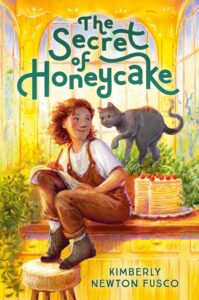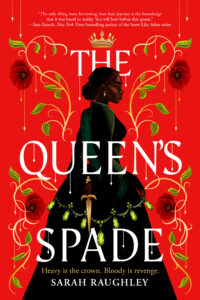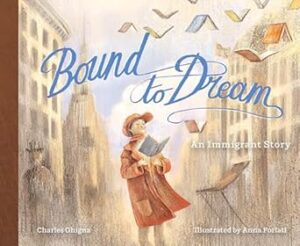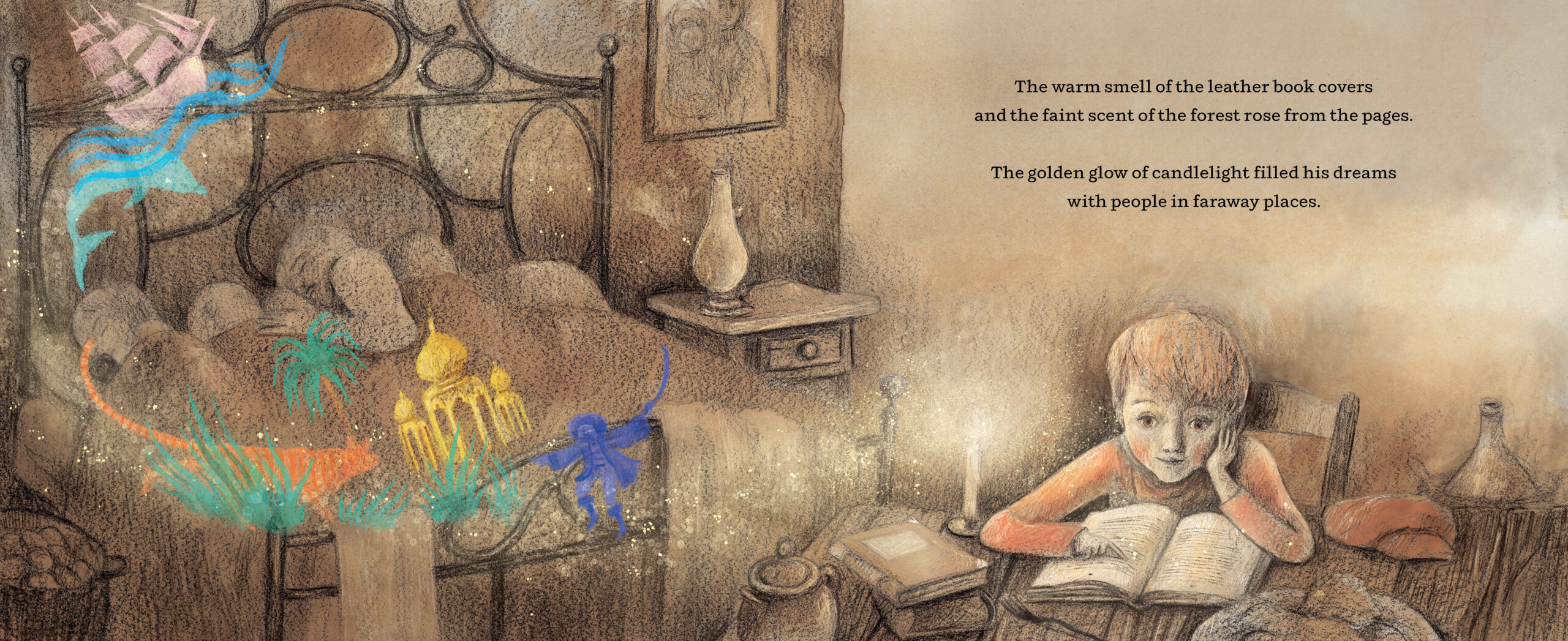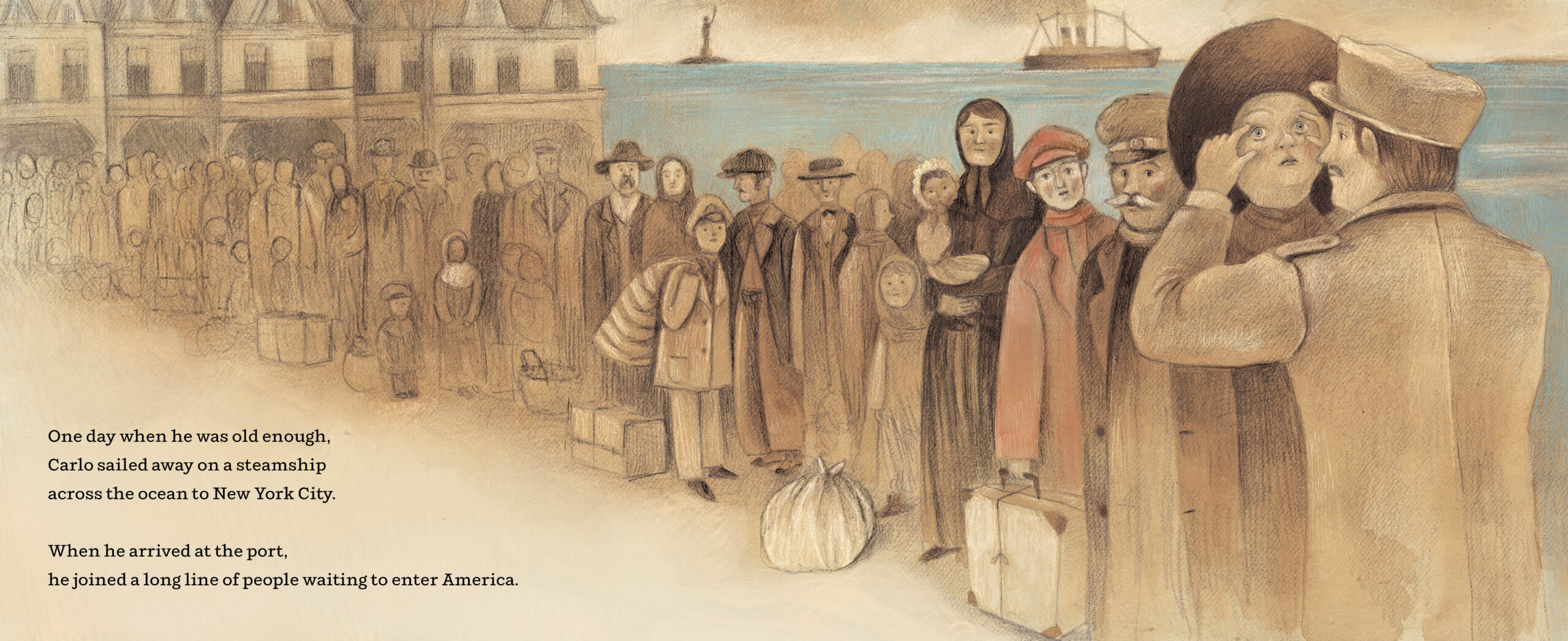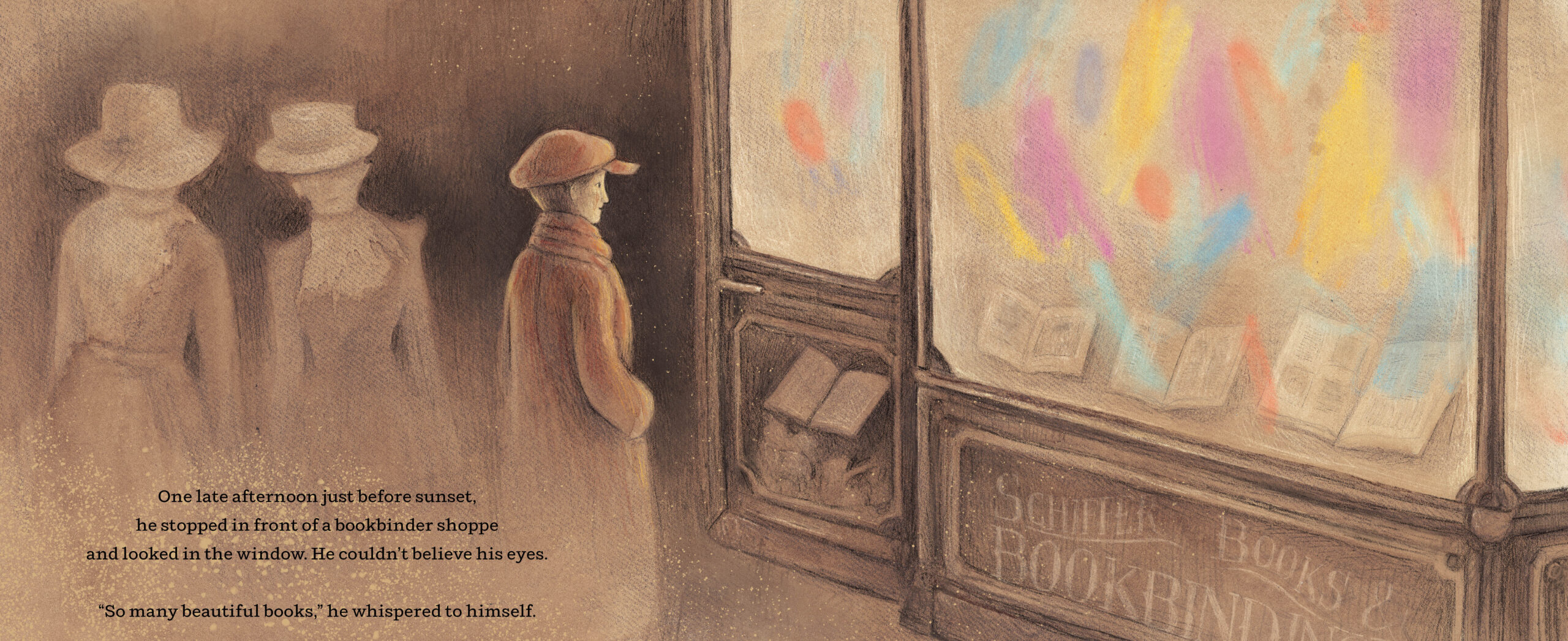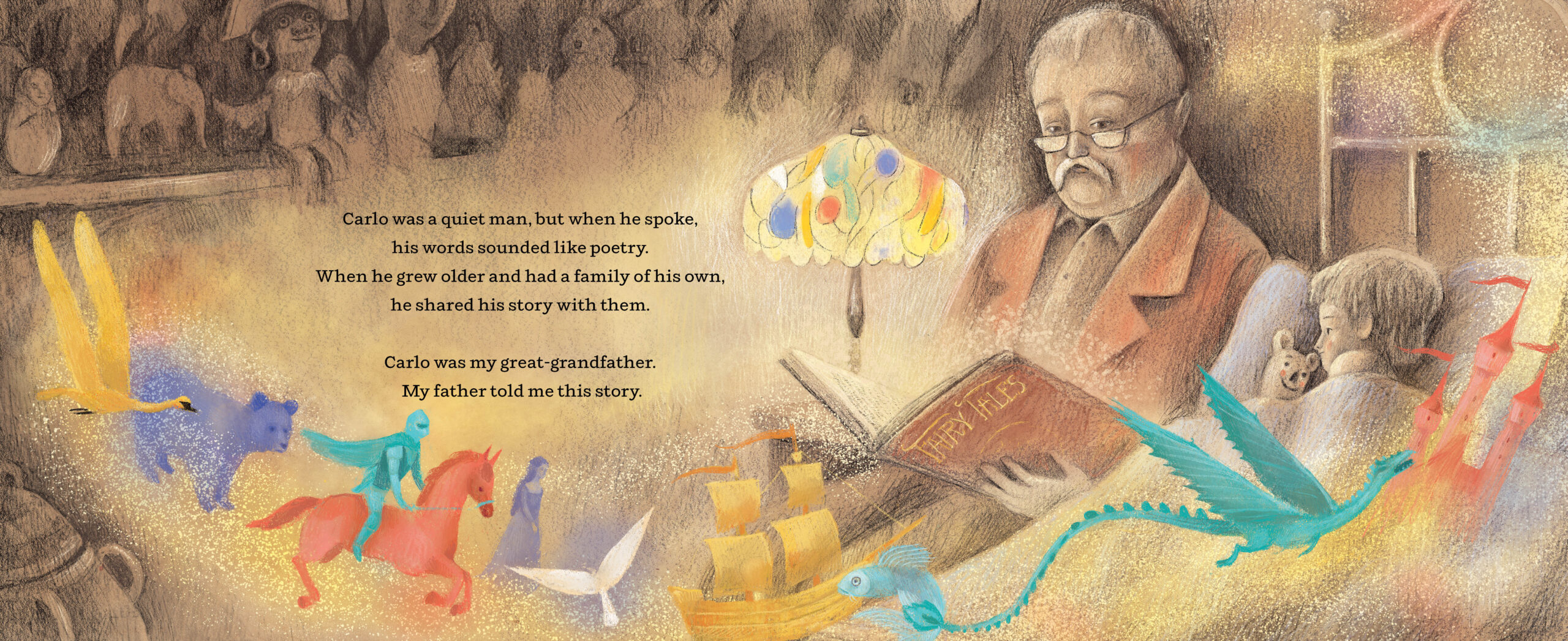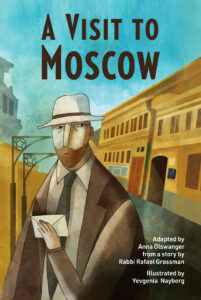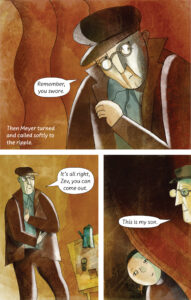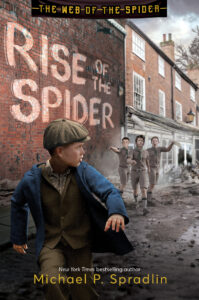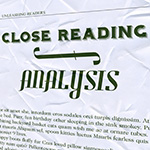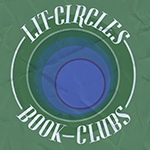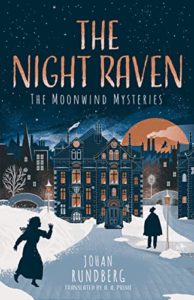The Secret of Honeycake
Author: Kimberly Newton Fusco
Published January 21st, 2025 by Knopf Books for Young Readers
Summary: Hurricane is quiet while her Aunt Clare is a force of nature with very particular ideas–and a host of Latin sayings to back them up. When Hurricane gets stuck living with her, she retreats into herself…until a series of unexpected friends, including a mangy cat, help her find her voice in a whole new way.
With a name like Hurricane, you’d think this girl would take the world by storm. But instead, she’s almost invisible. And when her sister gets tuberculosis, Hurricane is sent to live in the city with her Aunt Claire, an intimidating and disapproving presence surrounded by stodgy furniture and stodgier ideas. Like no dirty stray cats in the house. And certainly not as pets!
But Aunt Claire doesn’t know quite what she’s up against–Hurricane may be quiet, but she’s about to discover that she’s also strong. Before long a shy cat, a gentle chauffeur and a friendly boy (who may smell a little of fish) teach Hurricane to find her voice. And just maybe, Aunt Claire knows a thing or two she can teach Hurricane as well.
It turns out that that you don’t always have to be loud to be heard.
About the Author: Kimberly Newton Fusco is the acclaimed author of four other books for young readers: Chasing Augustus, Beholding Bee, The Wonder of Charlie Anne, and Tending to Grace, all of which received starred reviews and many accolades, including the Schneider Family Book Award. As a child, Kim was shy and stuttered and wanted to be a writer more than anything, and now she is! She was a national-award-winning education journalist before becoming a novelist. The mother of four grown children, she lives with her family, a lolloping golden retriever, and a very old cat in a house in rural Rhode Island surrounded by woods and fields where her pet sheep, Huck and Finn, graze.
Review: This cast of characters are one of my favorites in any book that I have ever read:
- Hurricane is such a fantastic narrator. She may be quiet, but she has so much to say. Through the book, she finds her spoken voice with the help of others who show her that they love her no matter what.
- Aunt Claire needs Hurricane as much as Hurricane needs her. Aunt Claire has so much to say, but through the book, she learns to listen which truly makes for a forever better Claire.
- Mr. Keats shows us the trauma of war and the power of a kind heart. Mr. Keats is the barrier between Aunt Claire and Hurricane when they need it, but also a catalyst of so much of the change in the book.
- Theo. Sweet Theo. He is Hurricane’s first true friend and just a special kid.
- And, of course, the pets. They were obviously part of the family and the story would not have been the same without them. They both give comfort to all that need them which is so special.
On top of the characters, the story is quiet but shows us the world during the Great Depression and as women’s place in society was changing. Oh, it also makes me even more fascinated in reading John Green’s upcoming book about TB.
Discussion Questions:
- How did Aunt Claire help Hurricane throughout the book? Mr. Keats? Theo? Which character do you think helped her be her true self the most?
- How did Hurricane help Aunt Claire throughout the book? Mr. Keats? Theo? Which character do you think helped her be her true self the most?
- How has women’s place in society different now than during The Secret of Honeycake?
- How did Miss Witherspoon emotionally scar Hurricane? How could she have acted differently and changed how Hurricane felt about herself and school?
- How does baking play a role in the book?
- Mr. Keats suffers from post-traumatic stress disorder. How does Aunt Claire support him and his mental health?
- How does MoonPie affect the trajectory of the story?
Flagged Passages: This book had some amazing lines that I highlighted while reading:
- “We’re like pieces of a puzzle that fit together because we’re different.” (Kindle Locations 170-171)
- “Chin up, Mr. Keats,” my aunt says softly as the fire snaps. “We must keep stepping forward into the future meant for us…” (Kindle Location 1560)
- “No one looks at a quiet person and says, ‘Wow, I want to be just like her.’ They always want to change you.” (Kindle Location 2122)
- “I realize: I’m the one in charge of my attributes. I get to decide.” (Kindle Locations 2656-2657)
- “When someone really understands you, it makes you feel less lonely, like light is passing through, and you’re more filled up than you were before.” (Kindle Locations 3053-3054)
- “There’s a pain around my heart seeing it, which is what happens when you lose somebody. The heartache finds you again.” (Kindle Locations 3079-3080)
- “Life is so beautiful, Mr. Keats,” my aunt says after a while. “More and more each day.” “We must keep marching forward.” “That’s a fact, ma’am. That’s a fact.” “Omnia vincit amor. Love conquers all.” “No truer words were ever said, ma’am.” (Kindle Locations 3270-3273)
You can also view an excerpt and listen to part of the audio on the Penguin Random House page for The Secret of Honeycake.
Read This If You Love: Middle grade historical fiction with strong female protagonists
Recommended For:
**Thank you to Blue Sky Media for providing a copy for review!**
